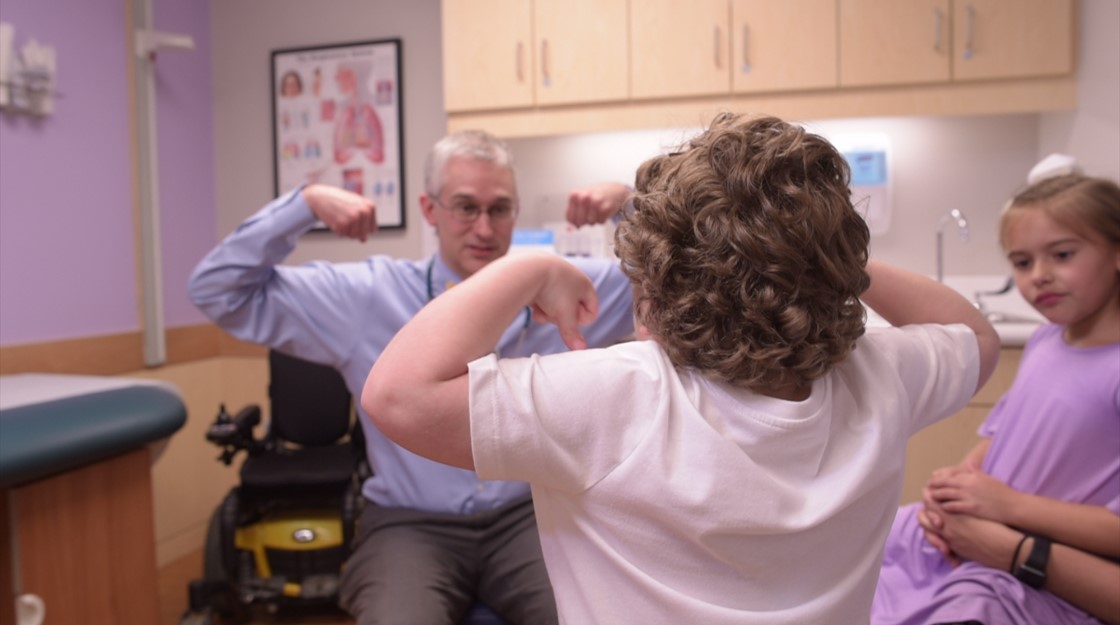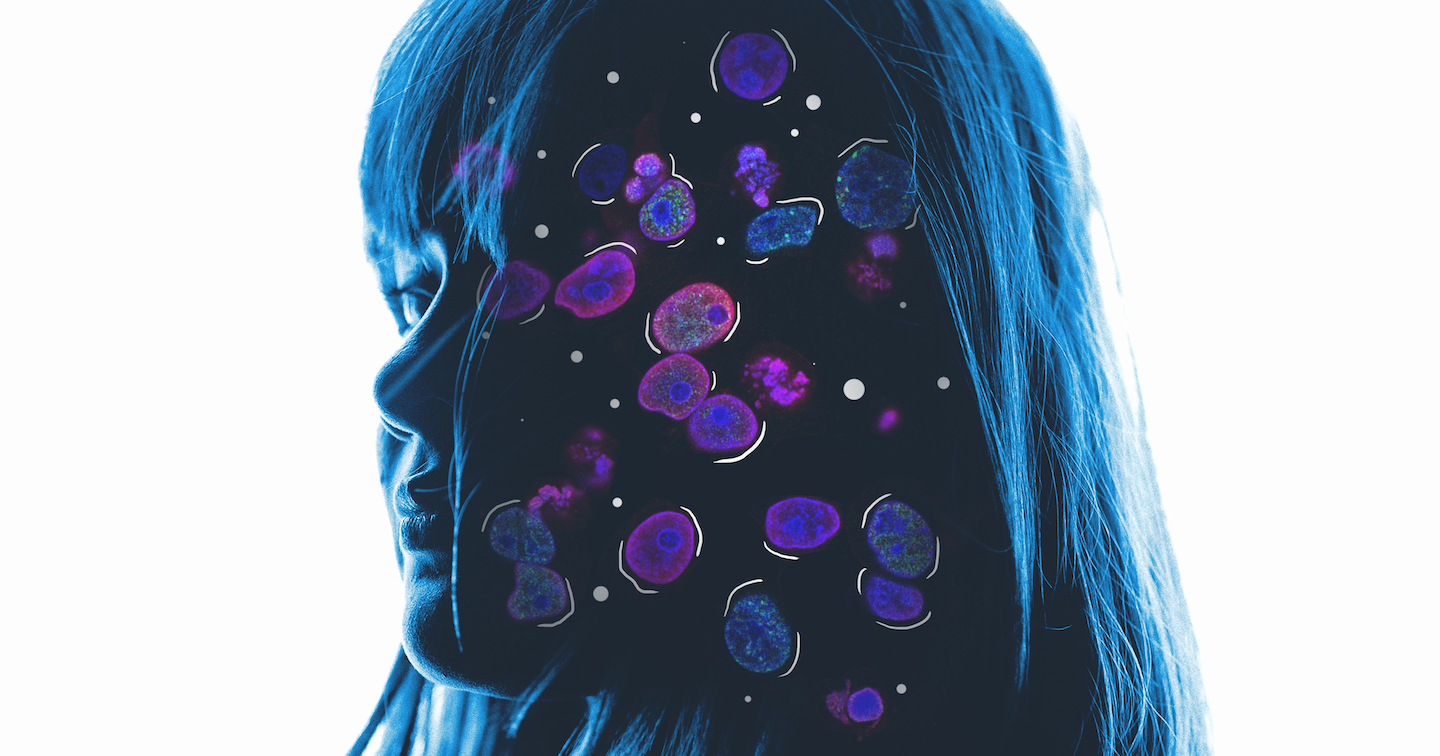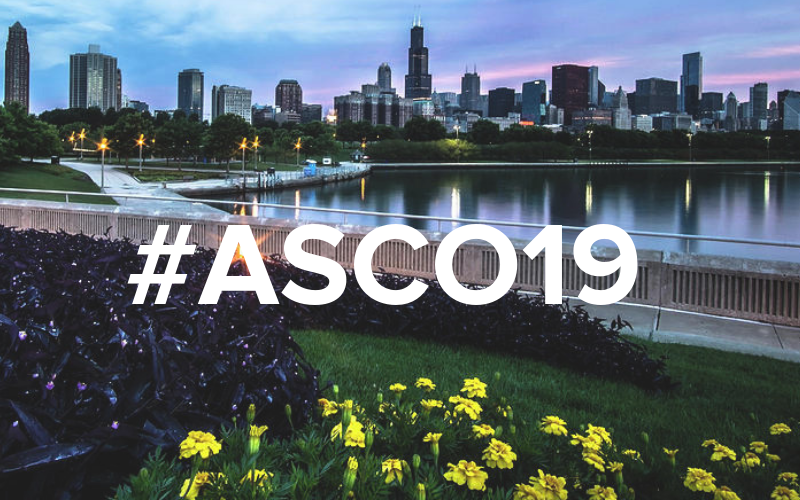Disease foundations help connect academics and drug makers with those that matter most – patients – and have become critical players in the drug development process. Lynn O’Connor Vos, CEO of Muscular Dystrophy Association, and Grace Pavlath, PhD, Scientific Director, discuss the role it plays as both traditional backer of research and now as aggregator of genetic and clinical data that can help uncover new treatments
Tell me about the mission of the Muscular Dystrophy Association and its connection to Chicago…
The Muscular Dystrophy Association is committed to transforming the lives of people affected by muscular dystrophy, ALS and related neuromuscular diseases. Since we are a national organization, we wanted a headquarters that was centrally located in the United States, and Chicago is a great hub.
What role do disease foundations like MDA play in advancing early-stage research and transcending the so-called “valley of death”?
A major role. Since 2009 we have devoted significant funds to our MDA Venture Philanthropy (MVP) program, which invests in research so that promising therapies can move swiftly from conceptualization in the laboratory to clinical trials. MVP grants are awarded to help lower the barriers and bridge the high-risk stages of neuromuscular drug development. One very recent example is our two-year grant to AcuraStem to support preclinical development of a novel small molecule therapeutic for ALS. AcuraStem’s work in this area has the potential to be transformative for a broad range of people with ALS.

What new technologies and therapies are you most excited?
While there are a number of promising therapeutic approaches we have invested in, we are particularly excited about genetic medicine and the promise of gene therapy for many neuromuscular diseases. MDA has funded research that led to the discovery of the genetic causes of dozens of diseases, starting with the discovery of the dystrophin gene in 1986.
In addition, we are excited about advances in genetic diagnosis, and have funded projects to further these advances. For example, we funded a web portal for the Rare Genomes Project at the Broad Institute at MIT. Individuals with limb-girdle muscle weakness who do not have a genetic diagnosis are able to obtain whole-genome sequencing at no cost through the project.
We’re also making technology a greater focus and driving collaboration across academia and industry for greater impact.
What are some examples?
Our partnership with IQVIA for the MDA NeuroMuscular ObserVational Research (MOVR) Data Hub is one example. MOVR will expand patient, clinical and genetic data collection methods and enable researchers to share all findings and failures to progress faster in finding treatments and cures.
We are enabling greater connectivity among MDA Care Centers to share best practices in clinical care. We believe by bringing clinicians and researchers together, we will drive better clinical outcomes for our families and shorten the time to bring treatments to the market.

We believe by bringing clinicians and researchers together, we will drive better clinical outcomes for our families and shorten the time to bring treatments to the market
What are some examples of MDA helping to push promising discoveries forward where the research is too early for pharma or VC and too advanced for academia?
Our MDA Venture Philanthropy (MVP) program does just that – funding promising drug development projects in order to de-risk them for further development. The MVP advisory committee includes scientific and clinical experts from academia and industry as well as business/drug development experts from industry and VC who come together with our scientific team and evaluate proposals that are right in the precarious stage between academia and pharma or VC investment.
For example, MDA has helped fund the development of a novel anti-inflammatory drug for children with Duchenne Muscular Dystrophy which is currently in Phase 2 trials. We’ve funded this investigator both in the earliest discovery stages in academia as well as the later drug development stages in a company through the MVP program.
In the past four years, eight new drugs, four of which came from MDA-funded research, have been approved for diseases under MDA’s umbrella.
In the past four years, eight new drugs, four of which came from MDA-funded research, have been approved for diseases under MDA’s umbrella
Approved Drugs Based on MDA-Funded Research
Can you point to specific examples where MDA or another disease foundation helped advance a discovery to a commercial treatment that otherwise would have likely never materialized?

MDA has funded a researcher at Columbia who is working in an underserved disease called Mitochondrial Myopathy. Over the last 14 years, we’ve funded the creation of an animal model for the disease as well as tests of an innovative therapy in this animal model. We are now funding a clinical trial testing this therapy in patients, and it’s been licensed by a company further advancing its development.
This is a pivotal moment in neuromuscular research and development. There were years and years where there were no products on the market to help these patients, and the fact that genetic medicine has advanced so much has allowed so many biotech and pharmaceutical companies to enter the space, which is truly a game changer for our community as these therapies treat the underlying cause of disease. One of the things that MDA is incredibly proud of is the amount of money and the amount of grants that we’ve supported over the years that have led to genetic solutions that are coming into market.
There were years and years where there were no products on the market to help these patients, and the fact that genetic medicine has advanced so much has allowed biotech and pharmaceutical companies to enter the space, which is truly a game changer for our community
What are some trends you’ve seen with disease foundations and their role in drug development?
One of the most significant examples of success in terms of community needs, finding a cure and finding the right solutions is the Cystic Fibrosis Foundation. They supported the concept that we needed to identify the mutations that cause cystic fibrosis, and they invested in drug therapy, and have royalties that are supporting their mission on a much higher scale than ever before.
As non-profits look at how we’re going to fund our mission, there’s a need to find better ways to fundraise, rather than doing multiple events around the country. Those are of course needed for community development, but our focus at MDA is looking much more carefully at drug development and figuring out a way we can participate in drug development and help our community. The opportunity for non-profits is really to amass data for the research community trying to advance care and cures so we can accelerate products to market.
The opportunity for non-profits is really to amass data for the research community trying to advance care and cures so we can accelerate products to market.
How does MDA currently work with academic investigators?
We fund research throughout the drug development pipeline – from the earliest stages of understanding the cause of disease, to developing therapies and testing drugs, to preparing for and carrying out clinical trials – we are there throughout the spectrum. We have funded fundamental research since the 1950’s to many academic investigators through our various grant programs that has had broad impact throughout the neuromuscular disease space.
How does MDA identify these investigators and what does a typical collaboration look like?
We have a very competitive application process in which only the most promising projects are funded. Researchers can submit proposals to any of the various different grant programs we operate. These proposals are peer-reviewed by the top scientists and clinicians working in the neuromuscular disease space.
How do disease foundations work with industry to help advance promising discoveries?
Over the last year, we’ve devoted a lot of time to developing our healthcare practice team to get to know and understand the needs of pharma and biotech companies, offer them the chance to work with our science team, and they’re thrilled to work with our scientists. They’re very intrigued with our MOVR concept to help them define the histories of the diseases they’re researching, and ultimately, I think we’re going to be very helpful in identifying patients for clinical trials.
Over the last year, we’ve devoted a lot of time to developing our healthcare practice team to get to know and understand the needs of pharma and biotech companies
What are some examples where MDA or another disease foundation partnered with industry to bring about a new therapy or treatment?
There are over 165 companies working in neuromuscular disease. We’re working carefully with companies to help them figure out what we need. We give them the opportunity to promote their clinical trials, we support the field in medical education and the biggest events that we sponsor like our Scientific and Clinical Conference in April in Orlando. This is one of the biggest conferences where the communities come together to learn the newest information in science and care.
What stands out most in your mind about working with academic investigators?
Academic scientists have a great deal of creativity and passion for making discoveries that could one day lead to therapies for neuromuscular disease. Scientific research is a very slow process, fraught with failure. We are eternally grateful to those people who have devoted their lives to scientific research and making a difference. One of the shining moments of our lives is being in service of people who work on these advancements daily.
We are eternally grateful to those people who have devoted their lives to scientific research and making a difference. One of the shining moments of our lives is being in service of people who work on these advancements daily








